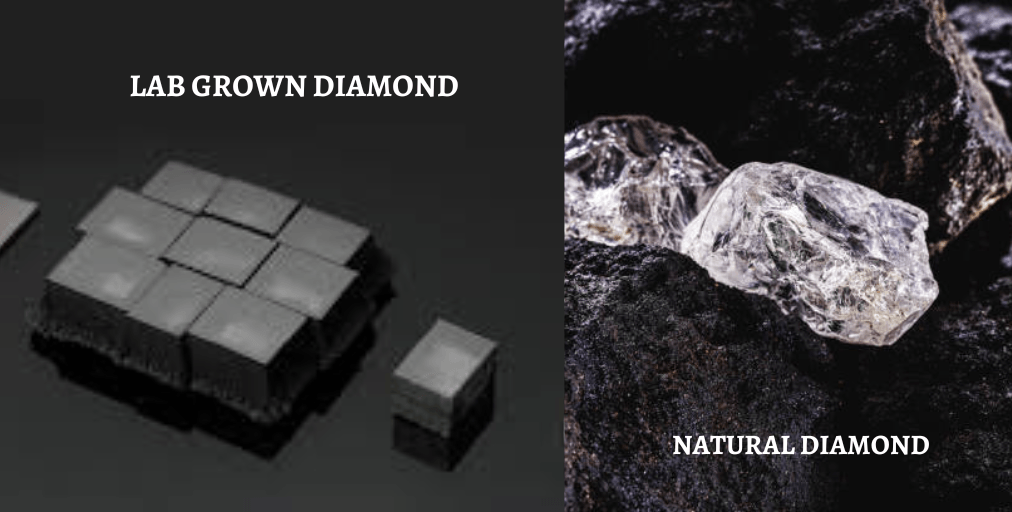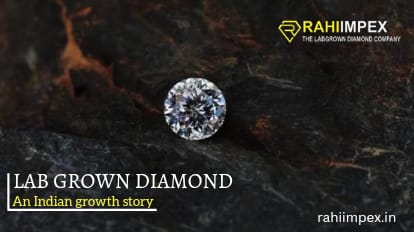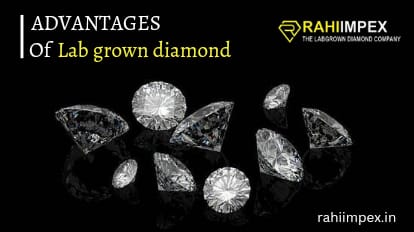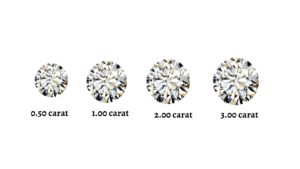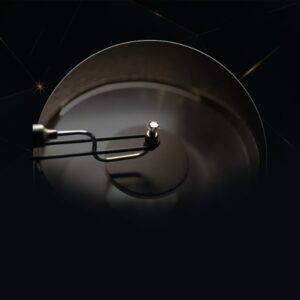Introduction
Diamonds have been a symbol of luxury and elegance for centuries. From engagement rings to high-end jewelry, the demand for diamonds is constantly growing. However, the increasing demand and limited supply of natural diamonds have led to the development of lab-grown diamonds, also known as CVD diamonds. In this blog, we will explore the differences between lab-grown and natural diamonds, including their properties, manufacturing, and jewelry applications.
Properties of Lab-Grown Diamonds and Natural Diamonds:
Lab-grown diamonds have the same physical and chemical properties as natural diamonds, including the same crystal structure, hardness, and refractive index. HPHT diamonds are made by subjecting a small diamond seed to high pressure and temperature, while CVD diamonds are created by depositing carbon atoms onto a substrate under low-pressure conditions.
Natural diamonds, on the other hand, are formed deep within the earth’s mantle over billions of years. They are created under high pressure and temperature and are brought to the earth’s surface through volcanic eruptions. These geological conditions give natural diamonds unique characteristics such as inclusions, blemishes, and color variations.
Manufacturing of Lab-Grown Diamonds and Natural Diamonds: Lab-grown diamonds are manufactured in a controlled laboratory environment, which allows for consistent quality, clarity, and color. The manufacturing process involves a high degree of technology and expertise. There are several lab-grown diamond manufacturers in India and other countries that produce high-quality diamonds using the CVD or HPHT method.
In contrast, natural diamonds are mined from the earth’s crust, which involves a labor-intensive and environmentally damaging process. The mining process is also associated with human rights concerns, including child labor and exploitation. Furthermore, natural diamond mines are located in a limited number of countries, which results in a limited supply of diamonds.
Jewelry Applications of Lab-Grown Diamonds and Natural Diamonds: Lab-grown diamonds are becoming increasingly popular in the jewelry industry, with more and more manufacturers incorporating them into their designs. They offer a cost-effective and ethical alternative to natural diamonds. Lab-grown diamonds are available in a variety of colors and sizes, making them suitable for various jewelry designs.
Natural diamonds are still highly valued in the jewelry industry, with many high-end designers exclusively using natural diamonds in their creations. Natural diamonds have a unique beauty that cannot be replicated, and they have a historical and cultural significance that adds to their value. However, the limited supply of natural diamonds has led to a rise in their price, making them inaccessible to many consumers.
Last Thoughts
lab-grown diamonds and natural diamonds have their unique properties, manufacturing processes, and jewelry applications. Lab-grown diamonds offer a cost-effective and ethical alternative to natural diamonds, while natural diamonds have a historical and cultural significance that cannot be replicated. The increasing demand for diamonds and the limited supply of natural diamonds have made lab-grown diamonds a viable option for the jewelry industry. Whether you choose a lab-grown diamond or a natural diamond, both offer unparalleled beauty and quality that will last a lifetime.
